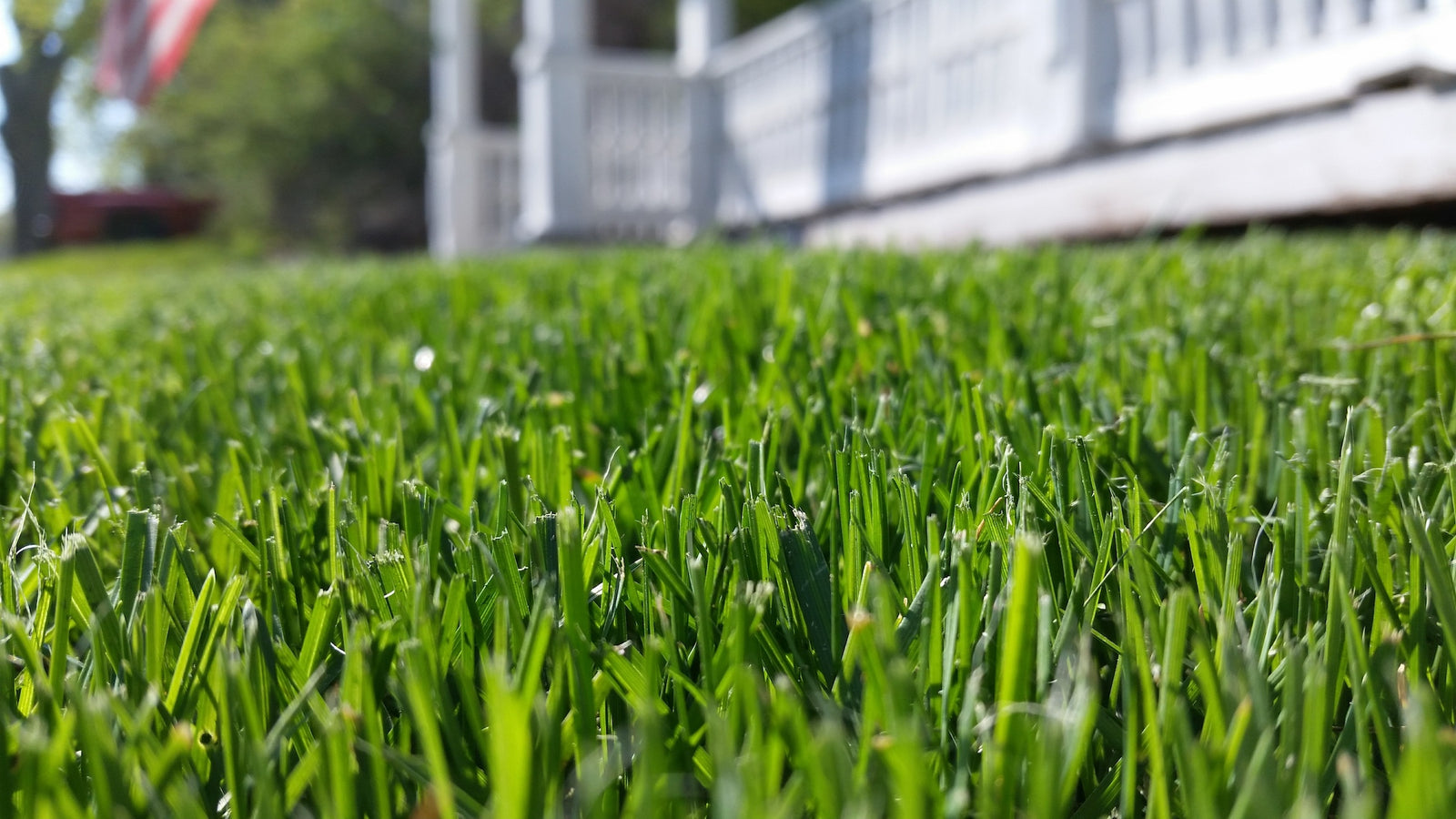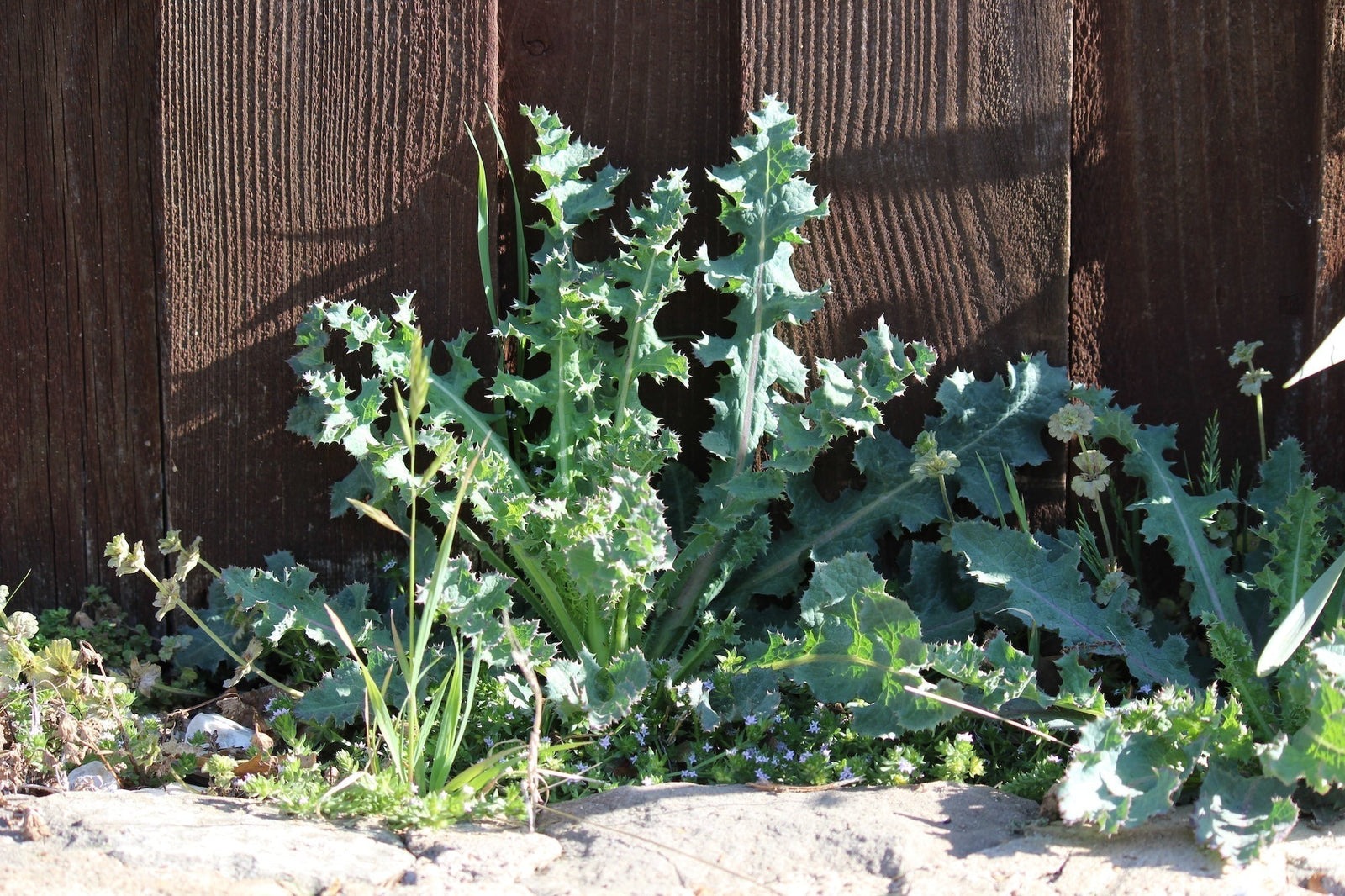
Learn to recognize the signs of lawn fungus early. We spend thousands of dollars on our lawns, and hundreds of hours of work to make them beautiful, but sometimes there just is no protection against a common lawn fungus, and it can take months to bring our lawns back from an attack. So be proactive; mow and water regularly, and learn to recognize the signs of a fungal attack so that applications of a fungicide can save your lawn and help your wallet.
In Southern California fungus is most often caused by the shift from dry to humid to dry again combined with too much water or moisture. To control fungus you can either spray a preventive fungus or if the fungus has started, you can treat with a systemic that treats fungal diseases in lawns. Good watering practices will help avoid fungal diseases as well; only water your lawn in the early morning. Lawn aeration is another good practice to maintaining a healthy lawn and can help prevent fungus.
Common fungus types are:
Fairy Ring | Dollar Spot | Pythium Blight | Brown Patch
Fairy Ring:
Bright green circular areas that appear to be growing more rapidly than the rest of your lawn are probably fairy rings, a fungus that often occurs after an extremely rainy period. If the fairy ring consists only of mushrooms or puffballs, with no stimulated grass growth, simply rake off and dispose of these fungal fruiting structures. If handling the mushrooms, wash your hands when done.
As serious injury to the turf does not occur often with fairy rings, the most practical method of dealing with them in lawns is through a cosmetic approach. Disguise the symptoms by providing adequate water deep into the root zone, and by applying moderate rates of fertilizers. This will increase the vigor of the surrounding grass to the level more like that of the grass in the fairy ring. Excessive application of water or fertilizer should be avoided as either may contribute to other turf diseases or stimulate fairy ring development. More frequent mowing may make the difference in height between the grass of the fairy ring and adjacent grass less conspicuous.

In rare cases where complete eradication of a fairy ring is necessary, the sod and underlying soil in a band 40 to 55 cm (approximately 15-20 inches) in front of and in back of the ring can be removed to a depth of 20 to 90 cm (app. 8-35 in.), depending on the extent of the development of the ring. The resulting hole should be replaced with clean, preferably sterilized, topsoil or soil mix. New sod or seed can then be established where the fairy ring was removed. Soil fumigants are sometimes effective for eliminating fairy rings, but this treatment must only be done by a licensed pest control applicator who is qualified to safely use toxic fumigants.
Dollar Spot:
That straw-colored spot the size of a silver dollar in your lawn is a fungus that thrives on dry, undernourished lawns. Appearing as small, white cobwebby spots in the morning that turn brown later in the day, it is best treated by application of a sulfur fungicide to the affected areas every 3 to 5 days until the spots are gone. After treatment, apply frequent, light applications of nitrogen to aid your lawn in its recovery, and follow up with regular mowing to cut off the tips of the infected grass, eventually eliminating the fungus.

Pythium Blight
This particular fungus presents as a blackened, water-soaked appearance of patches of grass in your lawn. During humid weather, you may also see a cottony growth also known as cottony blight or grease spot. Prevention is your best method of avoiding it; water your lawn in the early morning instead of the late evening.

Rhizoctonia blight (brown patch)
Also called brown patch or summer patch, this is a fungus that kills circular patches of the grass up to 2 feet in diameter. It flourishes in warm temperatures, especially with damp conditions caused by thatch, and St. Augustine grass is particularly vulnerable. Apply a sulfur fungicide to the infected areas every 3 to 5 days until the symptoms improve. To avoid reccurrence, remove underlying thatch with a rake or a dethatcher, avoid applying heavy doses of nitrogen fertilizers, and improve drainage.
This is by no means a complete list of lawn fungals, but the common themes of humid/damp conditions, over-watered lawns, dry lawns, and poorly maintained lawns can lead to unwanted fungus. If you see what you think may be a problem, identify the condition, and treat accordingly. Our garden center experts are here to help you grow and maintain a beautiful and healthy lawn. We can help you choose the best organic or conventional solution to resolve your lawn problems.




